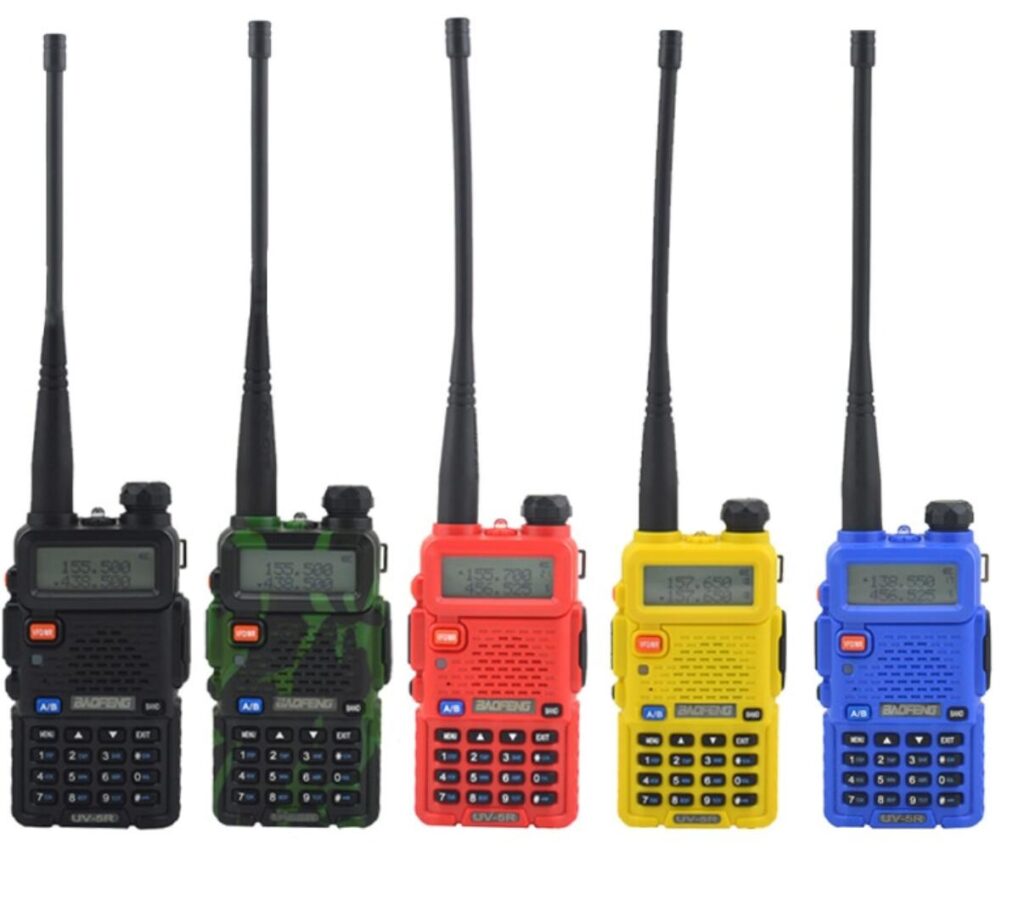Setting up a Baofeng UV-5R as a repeater involves configuring two radios to work in tandem, with one acting as a transmitter (base station) and the other as a receiver (handheld). Please note that using Baofeng UV-5R radios as a repeater may not comply with local radio regulations, and you should check the legal requirements in your area before attempting this setup.
Here is a basic guide on how to set up a Baofeng UV-5R repeater:
Required Equipment:
- Two Baofeng UV-5R Radios:
- One will be set up as the transmitter (TX), and the other as the receiver (RX).
- Programming Cable:
- A programming cable to connect the radios to a computer for programming.
- CHIRP Software:
- Download and install CHIRP programming software on your computer (https://chirp.danplanet.com/).
Steps:
- Programming the Radios:
- Use the programming cable to connect each Baofeng UV-5R to your computer.
- Open CHIRP and download the existing configuration from each radio.
- Set up a repeater frequency pair: Choose one frequency for RX (e.g., receive on 146.500 MHz) and another for TX (e.g., transmit on 146.900 MHz).
- Duplex Mode:
- In CHIRP, set the duplex mode to “+ offset” (e.g., +0.400 MHz). This means that the TX frequency is higher than the RX frequency.
- CTCSS/DCS Tones:
- Configure CTCSS or DCS tones for both the TX and RX frequencies. This helps to reduce interference from other radios.
- Power Settings:
- Set the power levels for each radio. The transmitter (TX) should be set to a higher power level than the receiver (RX).
- Save and Upload:
- Save the changes in CHIRP and upload the configuration to each radio.
- Connect Radios:
- Connect the TX Baofeng to an external power source, such as a power supply or battery. Ensure it’s transmitting on the chosen frequency.
- Antennas:
- Connect appropriate antennas to each radio. The TX radio should have a better antenna since it’s transmitting over a longer distance.
- Monitor and Test:
- Monitor the RX Baofeng to confirm that it is receiving signals from the TX Baofeng.
- Test the repeater by transmitting from a different radio to the TX Baofeng and checking if it’s relayed through the RX Baofeng.
- Fine-Tuning:
- Adjust settings as needed to optimize performance, considering factors like antenna height and terrain.
Please be aware of the legal implications of using radios in a repeater setup. Unauthorized repeater operations may violate radio regulations, and it’s essential to adhere to the rules and obtain any necessary licenses. Additionally, this guide provides a basic overview, and specific details may vary depending on your requirements and local regulations.
